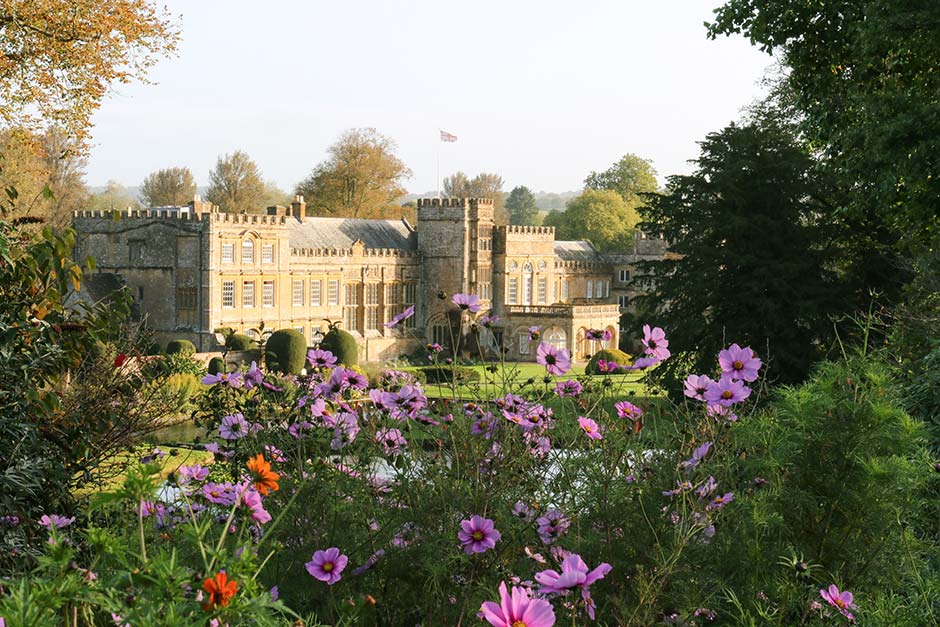Forde Abbey & Gardens
Free RHS Member days
March–October, Monday; 5 November–21 December, Wednesday–Sunday, when open
About the garden
Forde Abbey is a treasure nestled in the picturesque Dorset countryside, on the banks of the river Axe. With 900 years of history encapsulated in this elegant former Cistercian monastery, it boasts 30 acres of award-winning gardens and ponds. In spring, the tulip display offers an exuberant flush of colour, while the arboretum bursts into clouds of pink as magnolias bloom. The alliums take over from the tulips and the wildflower meadows become flecked with green-winged and common spotted orchids.
Summer brings a scramble of sweet peas, with the airspace crammed full of roses, poppies, lilies and dahlias. The Kitchen Garden and Park Garden fluorish throughout the year. In autumn, the arboretum glows with shades of burnt ambers, with standout performers like Acer rubrum ‘October Glory’, Liriodendron tulipifera and Quercus rubra ‘Aurea’. As winter approaches, the avenue of lime trees takes on buttery yellow hues, while snowdrops start to emerge in drifts, heralding the return of spring.
Facilities
- Dogs welcome
- Parking
- Plant sales
- Refreshments
- Toilets
Key features
- Rock garden
- Sculpture
- Wildflower meadow
- Herbaceous border
- Arboretum
- Pond or lake
- Autumn colour
- Champion trees
- Winter garden
Get involved
The RHS is the UK’s gardening charity, helping people and plants to grow - nurturing a healthier, happier world, one person and one plant at a time.


